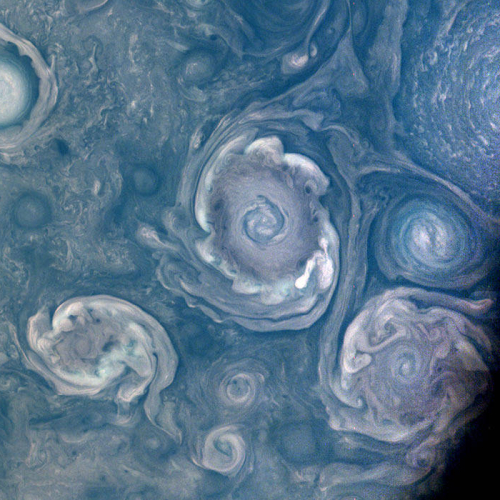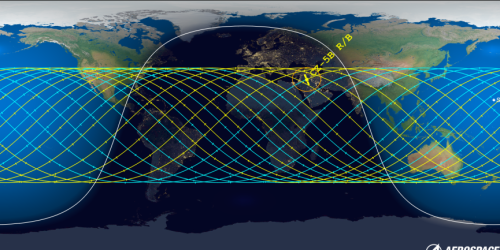Another blacklisted American sues school board for banning and censoring him

The parents, teachers, and elected officials in Maine, when
challenged about the inclusion of the queer agenda in schools
Bring a gun to a knife fight: Shawn McBreairty, a Maine parent who has been sued by one school district and banned from the property of another because he has publicly criticized their inclusion of the queer agenda in their schools, has filed a lawsuit against the second board for violating his first amendment rights.
Essentially, McBreairty at several different board meetings of Regional School Unit #22 tried during his open comment time to read the text of several pornography books that the school board had approved for children to read in schools, and was silenced by the board, specifically by the board’s chairman, Heath Miller, who claimed their policy forbid the use of obscenity by commenters. When McBreairty would not be silenced, the board then banned him from all school property — including any virtual online meetings — thus blocking his first amendment right to petition his elected officials. From the lawsuit [pdf]:
» Read more

The parents, teachers, and elected officials in Maine, when
challenged about the inclusion of the queer agenda in schools
Bring a gun to a knife fight: Shawn McBreairty, a Maine parent who has been sued by one school district and banned from the property of another because he has publicly criticized their inclusion of the queer agenda in their schools, has filed a lawsuit against the second board for violating his first amendment rights.
Essentially, McBreairty at several different board meetings of Regional School Unit #22 tried during his open comment time to read the text of several pornography books that the school board had approved for children to read in schools, and was silenced by the board, specifically by the board’s chairman, Heath Miller, who claimed their policy forbid the use of obscenity by commenters. When McBreairty would not be silenced, the board then banned him from all school property — including any virtual online meetings — thus blocking his first amendment right to petition his elected officials. From the lawsuit [pdf]:
» Read more


















